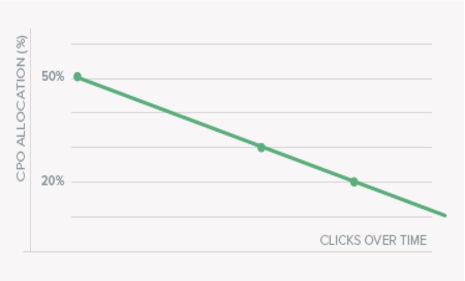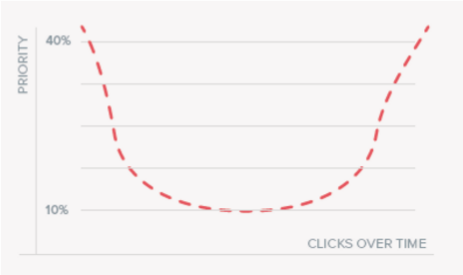By Lothar Krause, Sociomantic Labs

Still using last-click attribution? It’s time to say, “So long!” With the large number of touch points in today’s digital world, a multi-touch point attribution model across devices and channels is more necessary than ever. Throughout my years of experience in online marketing across the retail and travel industries, I have seen many types of attribution models. Some were extremely effective for clients, while others fell short of providing insights for truly informed marketing investments.
Single-click attribution gives the glory to one point of engagement — often it’s the last click before a user converts, but some businesses acknowledge the first click instead. While it’s tempting to implement a single-click attribution model and forget it, it’s important to take the time to determine the right strategy to maximize your budget effectiveness, and to move to a multi-click strategy that divides the credit across different touch points.
Customer journey attribution is a multi-click model that rewards each assisting click that leads a customer to purchase. This setup is different for everyone as various touch points should be weighted differently depending on importance. Think about your company’s business model: Do you typically have a long or short sales cycle? Are you purely online or multichannel? What is your average time to conversion? Each of these factors will affect your attribution curve.
Let’s assume that your business has a long sales cycle. You could attribute a higher click weight to the first interaction, and a lower click weight to the following ones. Alternatively, you could create an inverted bell curve attribution model that assigns higher click weights to the first and last clicks, and a lower click weight for any that occur in between.

Example of a time-to-conversion model

Example of an inverted bell curve model
Of course, attribution becomes more complex when dealing across devices and channels. The best way to link attribution across devices and between online and offline is by connecting the shopper through a unique ID. A great example of this is a loyalty card used for offline shopping that’s tied to a customer’s online login.
The most advanced attribution models account not only for a single transaction, but for the entire customer lifetime value (CLV) — this is the measurement holy grail for marketers. A CLV-driven model takes a holistic view to see the long-term value of a customer over time.
One way to begin with CLV-driven attribution is to measure different customer segments based on their potential value, and segment between new and existing customers. At a later step, you can also use your existing CRM data to segment groups of existing customers based on their estimated CLV, and even to predict the CLV of new users based on signifiers such as what type of device they browse on.
There’s another type of attribution for advanced marketers to consider: view-through attribution, which credits viewed online ads that were not clicked but still assisted with the conversion (especially views that happen relatively close to the conversion.) This is especially tricky to measure, so I suggest that if you do attribute credit for views that it’s a much smaller percentage than what is assigned to clicks.
Most importantly, you will need to test-and-learn to find the right attribution formula for your business. For a new model, I recommend at least a one-month evaluation period to assess the performance. After that initial time frame, continue to monitor your budgets and adjust the click weights every two weeks until you find the most effective setup. However, these are just general timelines and the right measurement window will depend on your business.
While crafting your own unique attribution model can be time-consuming, the payoff of having a more efficient use of your marketing budget is well worth the effort.
Lothar Krause is the vice president of global advisory services at Sociomantic Labs. He has worked in online advertising for over 14 years. As Sociomantic’s first sales employee, he has helped the company expand its sales operations across more than 22 offices and over 70 markets worldwide. Before Sociomantic, Krause was head of online marketing at Zalando, Germany’s leading online fashion retailer, where he focused on strategies for SEO/SEM, retargeting, display advertising, email and affiliate. Prior to that, he was executive sales director at Zanox and was responsible for the company’s publisher and merchant industries.






